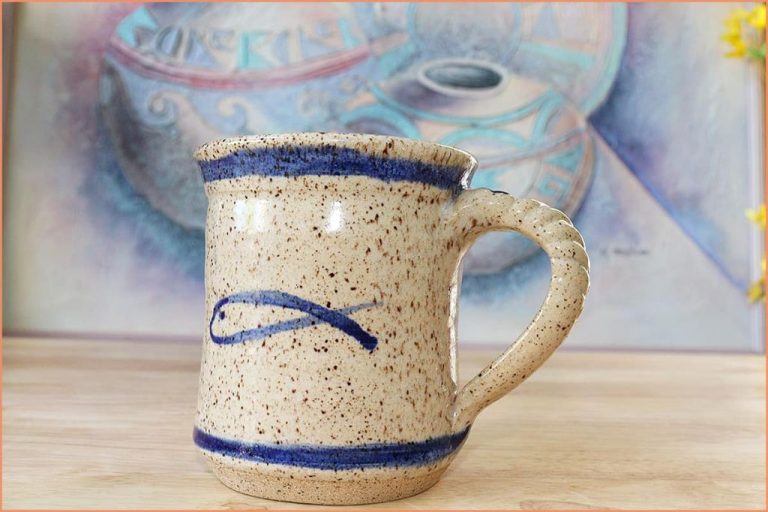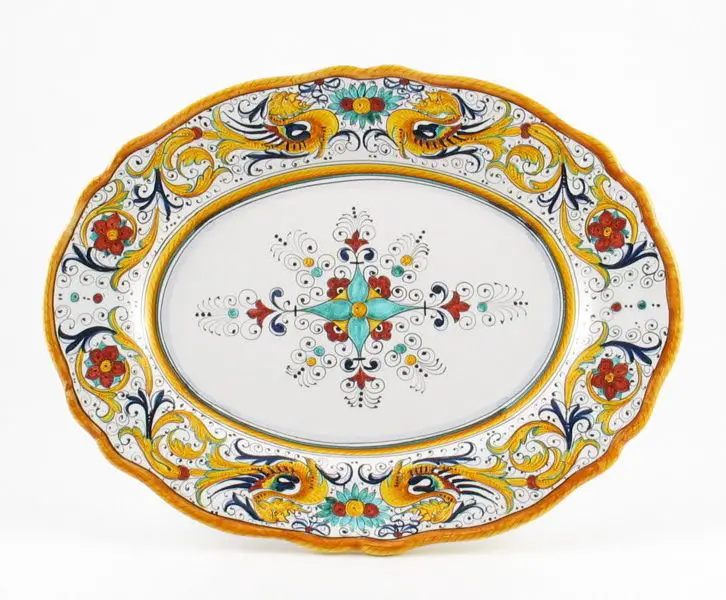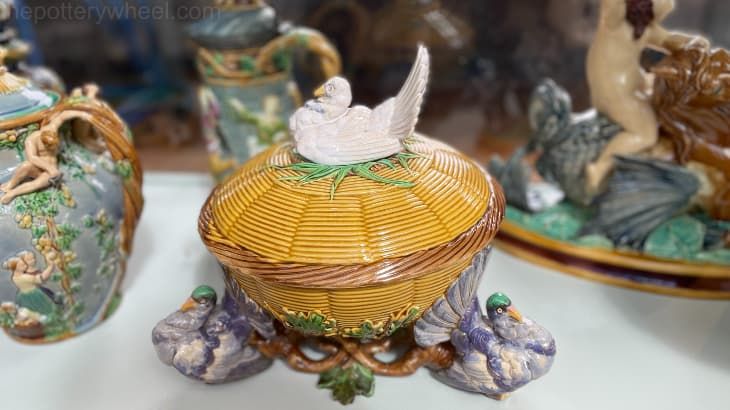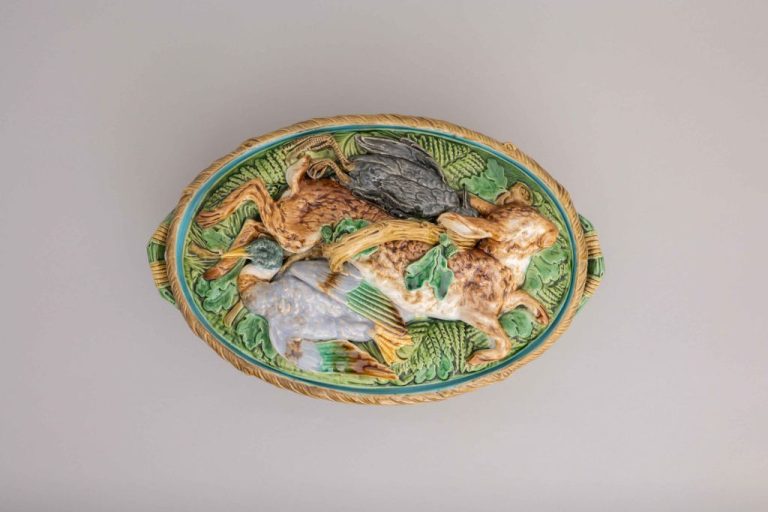What Is A Good Clay Alternative For Sculpting?
Clay is a versatile material that has been used for sculpting and pottery for thousands of years. As a medium, clay is appreciated for its malleability, allowing artists to shape it into intricate forms and details. The popularity of sculpting as a creative hobby has risen in recent years, with many enthusiasts turning to clay as their material of choice.
While natural clays offer many benefits, they also have some drawbacks. Traditional clays can be messy, require firing, and may not be readily available to purchase. This has led many sculptors to seek out clay alternatives that have more convenient properties while still allowing creativity to shine.
This article will provide an overview of the most popular substitutes for clay that can be used for sculpting. We will explore materials like play dough, plasticine, polymer clay, and more. Whether you are new to sculpting or a seasoned artist, these clay alternatives offer versatility and ease of use.
Play-Doh
Play-Doh is a popular children’s modeling compound made by Hasbro that comes in bright colors. It has a soft, malleable texture that makes it easy for kids to shape and sculpt. Unlike other clays, Play-Doh does not harden so sculptures will remain workable. The downside is that Play-Doh creations are not permanent and will eventually flatten over time if left unfinished. However, the dough is easy to reuse after sculpting by remixing the colors together.
Play-Doh is an affordable and accessible clay alternative found in most stores with a toy section. A standard can costs just a few dollars. It also requires no special tools or skills to start sculpting. The soft texture makes it easy even for small hands to form basic shapes like balls, snakes or pancakes. However, the malleable dough does not hold finer details well. Play-Doh works nicely for open-ended creative play but may be frustrating for sculpting more intricate designs.
Plasticine
Plasticine is a brand of modeling clay that is made of calcium salts, petroleum jelly and aliphatic acids. It has a soft, flexible texture that makes it easy to shape but doesn’t dry out so sculptures made with it remain workable.
One of the main benefits of plasticine is its flexibility – it bends easily without cracking or crumbling, allowing you to sculpt smooth curves and flowing shapes. The clay remains soft and malleable even when left exposed to air, so models made with plasticine don’t have to be baked or fired to harden. This makes it a good choice for beginners and children.
However, plasticine’s soft texture can also be a drawback for more detailed modeling work. It tends to deform when handled too much, losing finer sculpted details. The clay is also quite sticky which can make sculpting tricky. And unlike clays that harden, sculptures made from plasticine remain fragile forever – they cannot develop the structural strength that comes from hardening.
Polymer Clay
One increasingly popular alternative to traditional clay is polymer clay. Polymer clay is a modeling material that cures when baked in a regular home oven. It is made from PVC resin mixed with various fillers and pigments. Polymer clay comes in a wide range of colors and finishes, and often looks similar to ceramic when completed.
Polymer clay has several benefits that make it a good choice for sculpting and crafting projects. It is easy to work with and can be shaped, molded, carved, and textured. The material holds fine detail well, allowing artists to create intricate designs. Polymer clay remains flexible and workable until it is baked, so changes can be made as you go. Your creations will be lightweight yet durable once cured.
On the downside, polymer clay tends to be more expensive than traditional clays. It also requires baking to harden, so you will need access to an oven. And because it contains PVC, baking polymer clay emits fumes that require proper ventilation. Despite these cons, for many artists the benefits of polymer clay make it a versatile and user-friendly sculpting material.
Air Dry Clay
Air dry clay is one of the most popular alternatives for clay sculpting. It’s made from natural materials like sand, flour, and glues. Unlike traditional clay that requires a kiln to harden, air dry clay hardens naturally as it dries.
Air dry clay is very easy to shape and mold into any form. It has a smooth, pliable texture that lends itself well to sculpting and detailing. One of the biggest advantages is that it starts drying and hardening in about 24 hours, so you can complete projects relatively quickly.
However, the quick dry time can also be a drawback. Air dry clay only gives you a limited time to work before it begins drying and hardening. This means you need to work efficiently and complete sculpting before it dries. Air dry clay is also prone to cracking as it dries if not handled properly.
Overall, air dry clay is a great alternative for beginner sculptors or simple projects. With its ease of use but potential for cracking, it may not be ideal for complex or large-scale sculptures.
Paper Mache
Paper mache is a craft material made from paper strips or paper pulp combined with glue and other additives. It’s a great low-cost alternative to clay that works well for sculpting larger, lightweight projects.
To make paper mache, simply dip strips of newspaper, tissue paper, or paper towels in a glue mixture made from water and flour, glue, or wallpaper paste. Apply the wet strips over an armature, mold, or balloon to build up the desired sculpted form. The finished paper mache can then be sanded, painted, and decorated as desired.
Paper mache is very inexpensive to work with, since the main ingredients – paper and glue – are affordable and easy to find. It also dries into a strong, yet lightweight finished product. This makes it a good choice for creating large, hollow sculptures that would be too heavy in traditional clay.
However, paper mache does have some downsides to consider. It can be messy to work with as the paper strips don’t adhere immediately and the glue mixture can drip. The finished surface also lacks the smooth, fine detail that clay can achieve. Paper mache works best for sculpting rough shapes and textures rather than intricate details.
Overall, paper mache is a great choice for hobbyists and schools looking for an accessible, inexpensive sculpting material for crafting larger, lightweight projects. Just be prepared for a messier process than clay and aim to create shapes with bolder textures rather than fine details.
Homemade Clay
Making your own clay at home from household ingredients like flour, salt, cream of tartar, oil, and water can be a fun and educational project, especially for kids. The benefit of homemade clay is that you can customize the ingredients to get the texture and consistency you want. It also gives the satisfaction of creating your own clay rather than buying pre-made clay. Kids will enjoy mixing together the ingredients and seeing how they transform into a moldable clay material.
The downside of homemade clay is that finding the right recipe that gives you the properties you want as a sculpting material can require some trial and error. The ingredients and their proportions will determine how stretchy, sticky, and durable the clay is. Additionally, because it’s made of food products, homemade clay won’t last as long as commercial clays and will eventually dry out. So homemade clay sculptures generally don’t have the longevity and durability of professionally made clays.
Overall, making your own clay can be a fun DIY project if you go in with proper expectations. While it may not be suitable for serious sculpting work, homemade clay offers an accessible way for kids to explore their creativity and make simple clay figures with ingredients from around the house.
Wax
Wax is another alternative for sculpting that is easily molded and reusable. Wax becomes soft and pliable when heated, allowing it to be shaped into different forms. As it cools, the wax hardens while retaining the sculpted shape.
One of the pros of using wax for sculpting is that it can be melted and reformed multiple times. This makes it very reusable and ideal for practicing sculpting techniques. Wax also requires few tools other than heat sources like candles, heat guns or pots of hot water to melt it. Simple sculpting tools like clay shaping tools or even toothpicks can be used to form details in the wax.
However, wax does have some downsides as a sculpting medium. If the temperature gets too hot, wax sculptures can melt and lose their shape. Proper handling is required when melting and cooling wax. Precautions also need to be taken with heat sources near wax. In addition, fine details can be difficult to achieve unless the wax is allowed to fully cool and harden. The reuse of wax can also introduce imperfections over time.
Soap
Soap carving is another alternative that can be used for sculpting. Bars of soap are relatively easy to acquire from any grocery or big box store. The aroma of soap can also be quite pleasant when working on carving sculptures.
The main advantage of soap is that the materials are readily available and inexpensive. The aromatic component can also make the sculpting process more enjoyable.
However, there are some downsides to sculpting with soap. The main issue is that soap tends to be fairly soft, so it may be difficult to carve very detailed sculptures. Over time and exposure to air, soap sculptures will also continue to dry out and may become brittle. Soap is likely not the best choice for sculptures that need to last a long time.
Overall, soap can be a fun, easy, and inexpensive sculpting material for beginners or simple projects. But the softness and perishable nature of soap make it less ideal for detailed, durable sculptures.
Conclusion
When choosing a clay alternative for sculpting, there are pros and cons to each option that should be considered carefully based on the sculptor’s specific needs and goals. Play-Doh is inexpensive and easy to manipulate but doesn’t harden and is just for temporary sculptures. Plasticine holds fine detail well but can be expensive and doesn’t air dry. Polymer clay is versatile and durable when baked but requires an oven.
Air dry clay is affordable, accessible and cures naturally but can crack if it dries too quickly. Paper mache involves recycling materials but has a papery surface texture. Homemade clay takes some effort but allows control over ingredients. Wax like paraffin can be shaped smoothly but melts under too much heat. Soap can harden well but requires patience in carving intricate details.
For serious sculptors seeking durability, polymer clay is likely the best choice, as long as you have oven access. For temporary, decorative or children’s projects, Play-Doh and plasticine offer creativity without commitment. Cost and texture are also key considerations. With some experimenting, alternatives like air dry clay, wax or soap can produce quality sculptures as well. Evaluate your specific goals, budget and style when deciding which clay substitute works best.




